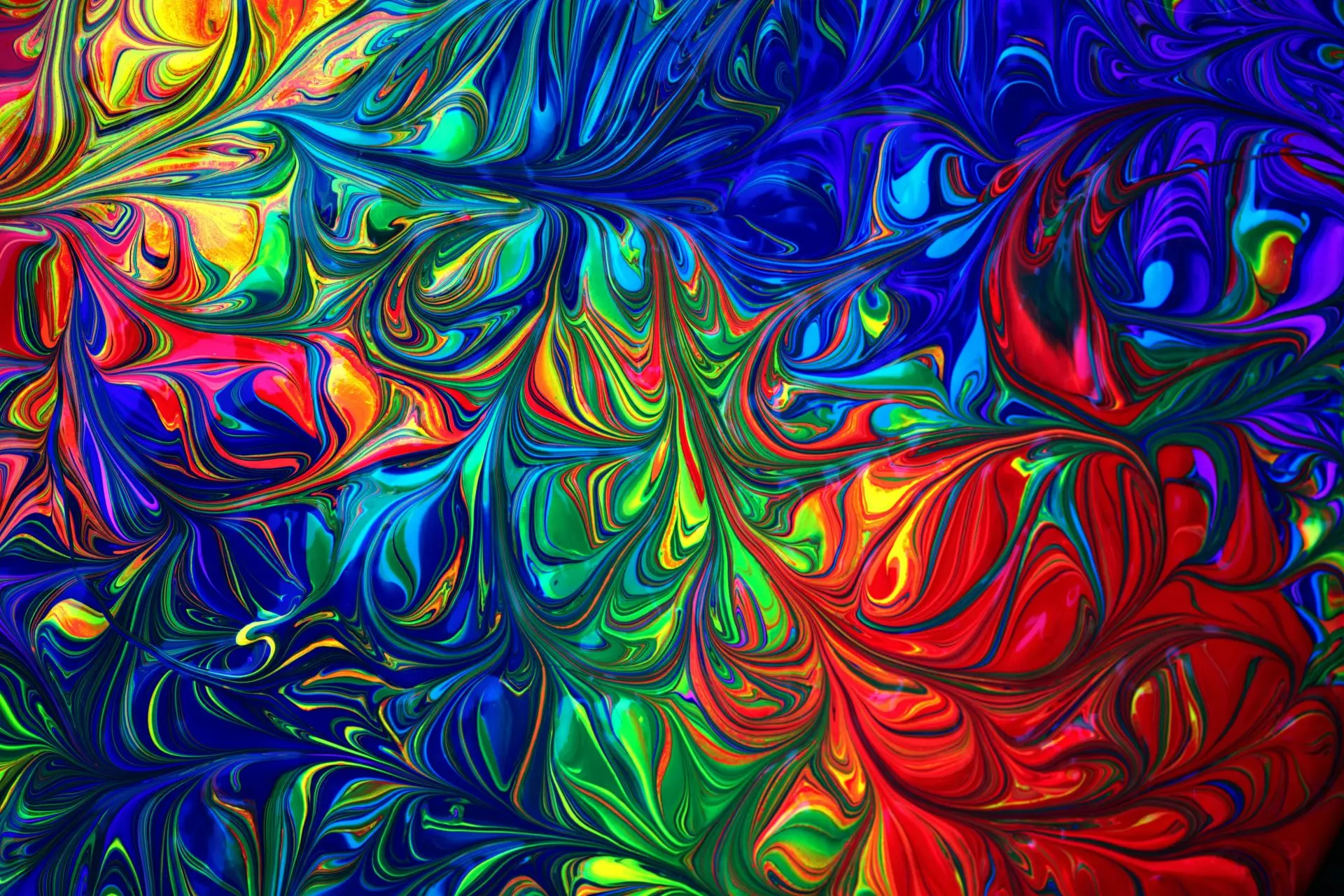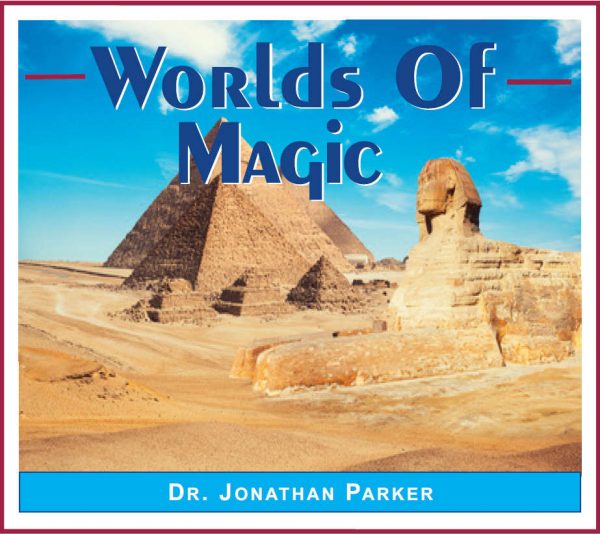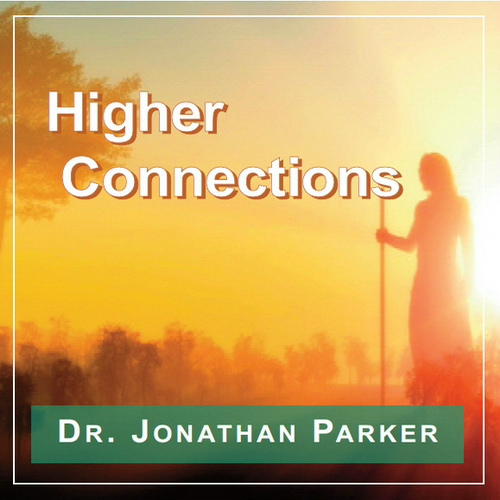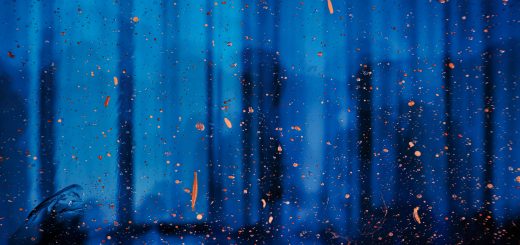Ningizzida: Serpent Deity of Healing and Regeneration

Looking for more amazing products? Check out our online store and explore our collection here! Happy shopping!
Before diving in, please note: This post is for informational purposes only. If you’d like to know more about how we approach topics, feel free to check out our friendly Disclaimer Page.
Hey there, amazing readers! 
We’re committed to delivering quality posts, and your support (even just sticking around despite the ads) means everything to us. So, bear with us, and thanks for helping us keep the good vibes rolling. Now, on to the fun stuff!
TRANSLATE BUTTON AT THE END OF THE ARTICLE
Overview
Ningizzida, the serpent deity of healing and regeneration, holds great significance in ancient Mesopotamian mythology.
This mythical being is depicted in various forms of ancient art and sculpture, often symbolizing rejuvenation and rebirth.
In this article, we will explore the origins of Ningizzida, its symbolism and representation in ancient Mesopotamia, its role in healing and regeneration, and its connections to ancient medical practices.
We will also delve into the mythological stories and legends surrounding Ningizzida, rituals and offerings associated with worshiping the deity, its legacy in modern healing and medicine, and its influence in contemporary culture.
Furthermore, we will compare Ningizzida to serpent deities in other ancient civilizations, highlighting its enduring power and relevance.
Introduction: The Mythical Origins of Ningizzida
Ningizzida traces its origins to ancient Mesopotamian mythology, particularly in Sumerian and Babylonian cultures.
The name "Ningizzida" is derived from the Sumerian words "ningir" (lord) and "zida" (sacred serpent).
This serpent deity is often associated with the underworld and is believed to have played a crucial role in the creation and maintenance of the cosmos.
According to mythological accounts, Ningizzida is the offspring of the great sky god An and his consort Ninhursag, the goddess of fertility and healing.
Ningizzida is considered a divine intermediary between the heavens and the underworld, possessing immense knowledge and power over life and death.
As such, this deity became closely associated with healing, regeneration, and spiritual transformation.
Symbolism and Representation of Ningizzida in Ancient Mesopotamia
In ancient Mesopotamia, Ningizzida was often portrayed as a serpent with two heads facing in opposite directions, symbolizing its ability to traverse both the earthly realm and the underworld.
This dual-headed representation also signifies the deity’s role as a bridge between the realms of the living and the dead.
The serpent itself held significant symbolism in Mesopotamian culture.
It was seen as a creature that possessed immense wisdom, shedding its skin and rejuvenating itself – a metaphor for regeneration and renewal.
The serpent’s association with Ningizzida further emphasized its role as a powerful healing deity.
Depiction of Ningizzida in Art and Sculpture
Ancient Mesopotamian art and sculpture often depicted Ningizzida in various forms.
One common representation is that of two entwined serpents forming a caduceus-like symbol, with wings and a human head at the top.
This image symbolizes the deity’s connection to healing, protection, and spiritual transcendence.
Additionally, stone reliefs and statues have been discovered depicting Ningizzida as a serpent with a human face, often wearing a horned headdress.
These artistic representations suggest the deity’s divine nature and its association with both earthly and celestial realms.
The Role of Ningizzida in Healing and Regeneration
Ningizzida’s primary role in ancient Mesopotamian culture was as a deity of healing and regeneration.
It was believed that this serpent deity possessed the power to cure disease, rejuvenate the body, and restore vitality.
Worshippers sought the assistance of Ningizzida through various rituals and offerings to heal ailments and promote overall well-being.
The cult of Ningizzida was particularly prominent in ancient Babylon, where temples dedicated to the deity served as centers for healing and spiritual transformation.
Priests and priestesses would perform ceremonies invoking Ningizzida’s healing powers, using sacred herbs and invoking prayers to aid in the healing process.
The Significance of Ningizzida in Ancient Medical Practices
In ancient Mesopotamia, medical practices were deeply intertwined with religious beliefs.
The healers and physicians of the time often incorporated spiritual rituals and invocations to deities like Ningizzida in their treatments.
These healers believed that by invoking the serpent deity, they could channel its healing powers and bring about miraculous recoveries.
Ancient medical texts, such as the famous Assyrian medical treatise known as the "Diagnostic Handbook," mention the role of Ningizzida in healing practices.
The treatise describes various diseases and their treatments, often mentioning the importance of divine intervention and the use of magical incantations to call upon Ningizzida’s healing abilities.
Understanding Ningizzida’s Connection to Rebirth and Renewal
Ningizzida’s association with rebirth and renewal stems from its role as a bridge between the realms of the living and the dead.
The shedding of a serpent’s skin was seen as a powerful symbol of regeneration, and this concept was incorporated into the mythology surrounding Ningizzida.
In Mesopotamian belief, death was not seen as the end but rather as a transition to another realm.
Ningizzida played a vital role in guiding souls through the underworld, ensuring their safe passage and eventual rebirth.
This connection to rebirth and renewal further solidified Ningizzida’s role as a deity of healing and transformation.
The Mythological Stories and Legends Surrounding Ningizzida
Several mythological stories and legends are associated with Ningizzida in ancient Mesopotamia.
One such tale involves Ningizzida’s assistance to the hero Gilgamesh in his quest for immortality.
In this story, Ningizzida helps Gilgamesh obtain a magical plant that has the power to grant eternal youth, symbolizing the deity’s association with rejuvenation and everlasting life.
Another popular mythological account involves Ningizzida’s encounter with the goddess Inanna in the underworld.
Inanna seeks the knowledge of life and death from the deity, and Ningizzida, being the bridge between realms, imparts this wisdom to her.
The story highlights Ningizzida’s role as a divine intermediary and a source of profound knowledge.
Rituals and Offerings Associated with Worshipping Ningizzida
Ancient Mesopotamians worshipped Ningizzida through various rituals and offerings.
Temples dedicated to the deity were centers for healing, and worshippers would seek its blessings for their ailments.
Offerings of food, wine, and incense were made to honor Ningizzida, along with special prayers and invocations.
In healing rituals, priests and priestesses would perform ceremonies invoking Ningizzida’s healing powers.
Sacred herbs and plants associated with healing were used, and magical incantations were recited to call upon the serpent deity’s intervention.
These rituals were believed to bring about healing and spiritual transformation.
The Legacy of Ningizzida in Modern Healing and Medicine
While ancient Mesopotamian civilization has long ceased to exist, the legacy of Ningizzida in healing and medicine lives on.
Many of the ancient healing practices that incorporated spiritual rituals and invocations to deities like Ningizzida have influenced the development of modern medicine.
The symbol of the caduceus, with its entwined serpents, wings, and human head, has become associated with the medical profession.
This symbol, often mistaken for the Rod of Asclepius, is a testament to the enduring influence of serpent deities like Ningizzida in the field of healing.
Exploring the Influence of Ningizzida in Contemporary Culture
While the worship of Ningizzida may have dwindled with the decline of ancient Mesopotamian civilizations, remnants of its influence can still be found in contemporary culture.
The symbolism of the serpent as a creature of wisdom, healing, and rebirth is a recurring theme in literature, art, and popular culture.
Furthermore, the concept of regeneration and renewal, closely associated with Ningizzida, continues to inspire individuals seeking personal growth and spiritual transformation.
The serpent’s shedding of skin serves as a metaphor for letting go of the old and embracing new beginnings, a concept that resonates with people across cultures and time.
Comparing Ningizzida to Serpent Deities in Other Ancient Civilizations
Serpent deities, with their associations with healing and regeneration, can be found in many ancient civilizations worldwide.
In Egyptian mythology, the god Wadjet, often depicted as a cobra, was associated with healing and protection.
In Greek mythology, the god Asclepius, represented by the Rod of Asclepius, was the deity of medicine and healing.
While these serpent deities share similarities with Ningizzida, each culture imbued its own unique symbolism and mythology.
The enduring presence of serpent deities across diverse ancient civilizations suggests a universal recognition of the serpent’s power and its connection to life, death, and transformation.
Conclusion: Appreciating the Enduring Power of Ningizzida
Ningizzida, the serpent deity of healing and regeneration, holds a significant place in ancient Mesopotamian mythology.
Its dual nature as a bridge between the realms of the living and the dead, along with its association with rebirth and renewal, cemented its role as a powerful deity in healing and transformation.
The artistic representations, mythological stories, and rituals associated with Ningizzida underscore its enduring influence in ancient Mesopotamian culture.
Even in modern times, the legacy of Ningizzida continues to inspire and influence the field of medicine.
The symbolism of the serpent and its association with wisdom, healing, and rebirth can still be found in various aspects of contemporary culture.
The recognition of the serpent’s power and its connection to life, death, and spiritual transformation remains a testament to the enduring significance of Ningizzida and other serpent deities in human belief systems.

The Enlightenment Journey is a remarkable collection of writings authored by a distinguished group of experts in the fields of spirituality, new age, and esoteric knowledge.
This anthology features a diverse assembly of well-experienced authors who bring their profound insights and credible perspectives to the forefront.
Each contributor possesses a wealth of knowledge and wisdom, making them authorities in their respective domains.
Together, they offer readers a transformative journey into the realms of spiritual growth, self-discovery, and esoteric enlightenment.
The Enlightenment Journey is a testament to the collective expertise of these luminaries, providing readers with a rich tapestry of ideas and information to illuminate their spiritual path.
Our Diverse Expertise
While our primary focus is on spirituality and esotericism, we are equally passionate about exploring a wide range of other topics and niches 

To ensure we provide the most accurate and valuable insights, we collaborate with trusted experts in their respective domains 
Our blog originally focused on spirituality and metaphysics, but we’ve since expanded to cover a wide range of niches. Don’t worry—we continue to publish a lot of articles on spirituality! Frequently visit our blog to explore our diverse content and stay tuned for more insightful reads.
Hey there, amazing reader! 
Check out our store here and take a peek at some of our featured products below! Thanks for being awesome!













